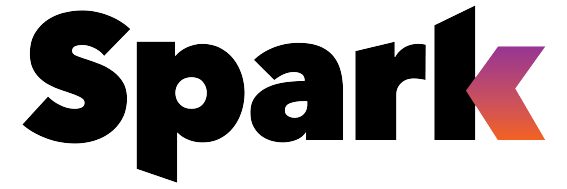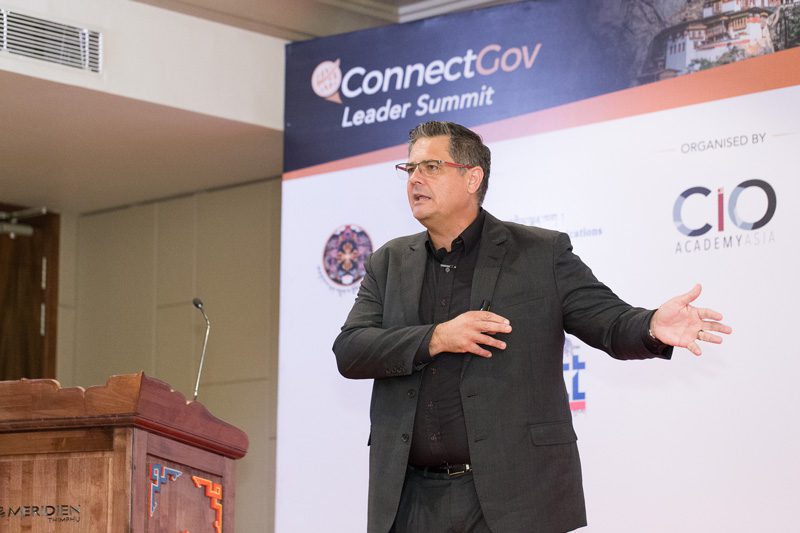Phil Gray, Global Head of The eXellerator, Standard Chartered Bank, demystified the process of unleashing disruption in a large banking organisation at ConnectGov2016
Phil Gray, who is now the Global Head of The eXellerator, the Singapore-based innovation lab of the Standard Chartered Bank, deconstructed ‘the DNA of Disruption’ for the 140 CIOs and business leaders who had assembled in Bhutan in July for the ConnectGov 2016 Summit.
Banks should act like start-ups
During his talk, Gray demonstrated how he started the process of internal disruption in the Westpac Bank, one of the leading banks in Australia.
Westpac’s new CEO wanted the bank’s internal IT team to develop a new app. However, because of the bank’s internal bureaucracy, which often got bogged down by regulatory requirements, it took months and years of preparation for a big bank like Westpac to launch an app. On the other hand, a start-up could launch an app in six months flat!
This disparity in agility despite being resource-rich—the punishing disadvantage that came with the advantage of being big organisation—annoyed the CEO of Westpac. He roped in Gray to start a ‘garage’—a lean start-up team that was part of the bank and yet nimble enough to build and launch new apps like any other regular start-up.
Gray was given a nice working space in the bank’s headquarters, and was tasked to lead the team ‘garage’, with the mandate to disrupt (the way the bank adopted new technology), accelerate (the rate of innovation at the bank) and infect (the employees with the passion and instincts required of a start-up venture).
He shared the lessons from his journey at Westpac with the participants at the Summit. His toolkit to engineer disruption in the bank included forming a ‘proudly mongrel’ team which was lean and agile, which believed in human centred design, and which had an entrepreneurial mind-set.
He trained his team in the new ways of working such as treating the business as an owner, not an employee. For his colleagues, he made colocation and radical collaboration mandatory (flat organisation with an open office plan). And unlike in the ‘regular’ bank, here governance was lean, so that it did not become a bottleneck for innovation.
His team believed in failing fast and learning from its failures. He championed working out loud (organised tours of the lab for other to see what was going on) and showing, rather than telling (hand on workshops were held). Instead of building hype about products, he believed that the team’s work should do the talking. It was like unleashing a movement, he said.
Find a loose edge in your organisation
Gray emphasised the need for changing the behaviour of employees in large organisations by exposing them to the start-up mind-set, which involves lean, agile, human centred design, and an entrepreneurial approach.
He said that introducing transformation into an organisation’s culture itself is a journey. “Find a loose edge and never stop peeling away the layers,” was his advice to his peers. He also called on IT leaders to be prepared to disrupt the disrupters often.
After Westpac’s experience, Gray is now in Singapore to build upon Standard Chartered’s established technology outpost in Silicon Valley, SC Studios. The eXellerator is the first of such a dedicated and strategic space for the Bank in Asia.
By CIO Academy Asia










